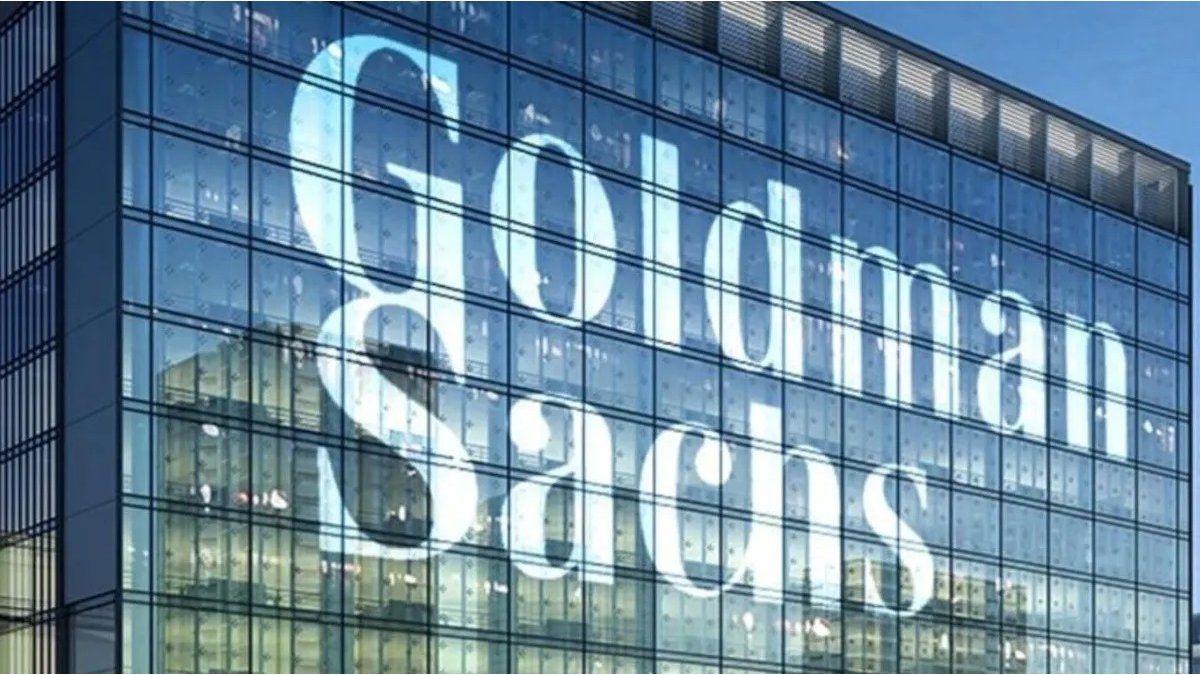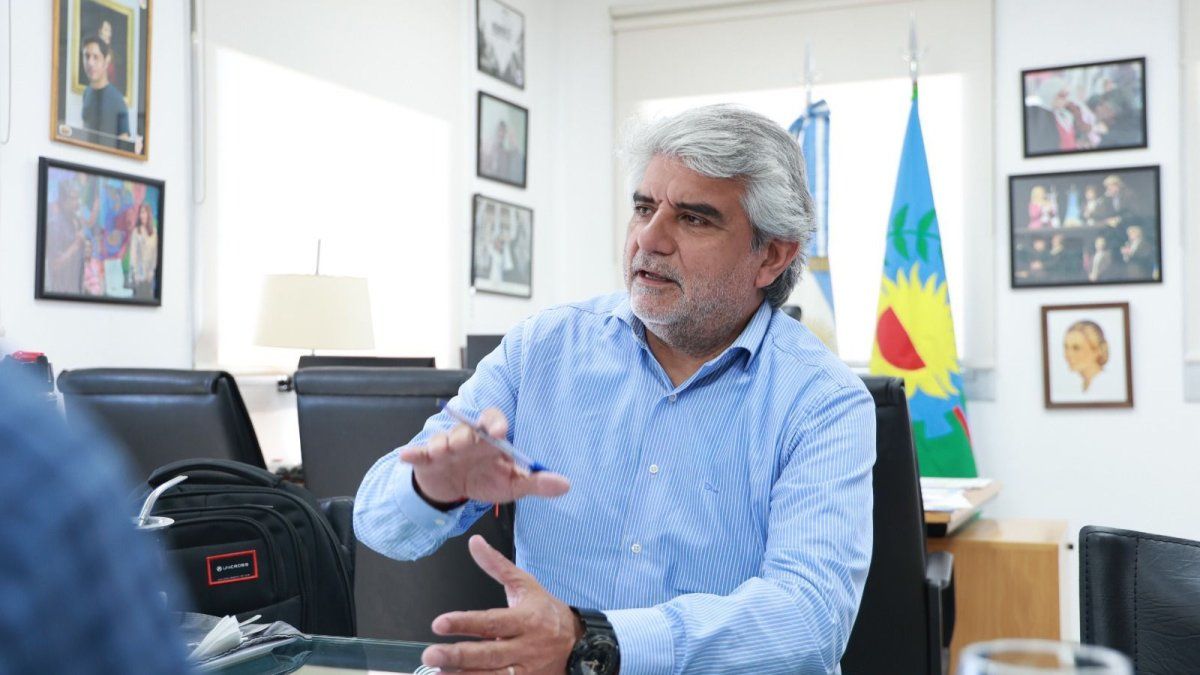The last two reports of Goldman Sachs about Argentina alert by signs of Fatigue in economic recovery And “a worrying” weakness in the external frontdespite the adjustment measures adopted by the Government. He Wall Street Bank Links the “disappointing” data to global uncertainty added to condiments provided by the new program with the International Monetary Fund (IMF).
According to the investment bank, the Gross Domestic Product (PBI) real, measured through the monthly indicator of economic activity (EMAE) of INDEC, contracted 1.8% in March in unstacted terms, which represents The first monthly setback since April 2024. “In interannual terms, the economy grew 5.6%, below the 6.5% expected by the market consensus,” the document warns. For the Wall Street giant, the reason for economic cooling “coincides with the increase in political uncertainty prior to the announcement of a new agreement with the IMF. “
“March marked an interruption of the positive impulse that had the activity since last year. The combination of political volatility and macroeconomic rearrangement affected growth dynamics,” says Sergio Armella, economist from Goldman Sachs, who signs the document.
The local look coincides with that of Wall Street
The “Midweek” of the consultant Econviews It coincides with the gaze of Goldman Sachs and highlights that, as anticipated by sectoral data, economic activity fell 1.8% monthly in March, which exposes “the impact that the uncertainty had around the agreement with the IMF on the real economy.”
The signature of Miguel Ángel Kiguelindicates that “even so, the first quarter of the year closed with a growth of 6.1% year -on -year and 1.5% compared to the last quarter of 2024. April points to a slight rebound. For the whole of the year, We project a growth of 4.6%, explained to a large extent by statistical drag (4.1%) “.
For its part, Goldman ratifies its growth projection of 4.7% by 2025, something more optimistic than Kiguel, although he acknowledges that statistical drag for the second quarter already starts from negative land (-0.9% quarterly desstationalized).
Goldman Sachs.jpg
Something similar comment from the Freedom and Progress Foundation. Eugenio Marí Chief economist, believe that the fall of economic activity in March was discounted in advance. “The construction and industry indicators had registered strong contractions, which responds to a natural issue: in that month a peak of uncertainty was reached, due to some external factors – as the commercial war, the escalation between the US, China and other actors – and also to internal factors.”
And also mentions the negotiation with the IMF and the uncertainty about what would happen with the monetary and exchange scheme. “Even many analysts stated that the exit of the exchange rate was going to be disorderly, which obviously stopped production decisions and other economic movements,” he says.
However, Marí advances that the March fall “is hardly repeated.” Rather, he interprets it as a transitory event. “We estimate that, in April and May, the economic activity data will begin to correct the contraction of March and that we will register positive variations in the activity index,” he concludes.
Commercial surplus in retreat
In parallel, another report by Goldman Sachs that focuses on the external sector emphasizes that the trade balance “barely” reached a surplus of US $204 million in April, As reported by INDEC, a figure much lower than US $ 1,800 million registered in the same month of the previous year. The accumulated balance in twelve months fell from US $ 15.6 billion in March AU $ S14,000 million, equivalent to 2.1% of GDP. For the Wall Street the Data “He disappointed“
The bank states that the main cause of this weakening It was the sharp increase in importsthat a 41.9% year -on -year in quantitiesin the face of a modest advance of 3.2% in exports. “This happened even after the government more flexible the exchange regime in mid -April with the aim of improving external competitiveness,” slides.
“The rebound in domestic demand pushed imports at levels significantly higher than expected. In seven of the last eight months, external purchases exceeded the projections, ”he explained Alberto RamosChief of Economic Research for Latin America of Goldman Sachs.
Among the items that grew most imports are vehicles (204.5%), consumer goods (77.7%) and capital goods (73.4%), which, according to the reportreflects an recomposition of the productive apparatus, but also a potential risk for external balance if it is not accompanied by a proportional increase in exports.
Dollar: About the exchange scheme
So, Goldman Sachs He maintains that the new exchange scheme should, “Over time“, Better align the incentives for exporters and importers. In addition, the seasonality of agricultural exports will impulse better numbers in the coming months.
However, the bank warns that both the fragility of the economic rebound As the pressure on the external sector demand clear political definitions and a disciplined macroeconomic execution. The evolution of the agreement with the IMF will be key to restoring investor confidence and consolidating the economic stabilization path.
Source: Ambito
I am a 24-year-old writer and journalist who has been working in the news industry for the past two years. I write primarily about market news, so if you’re looking for insights into what’s going on in the stock market or economic indicators, you’ve come to the right place. I also dabble in writing articles on lifestyle trends and pop culture news.




